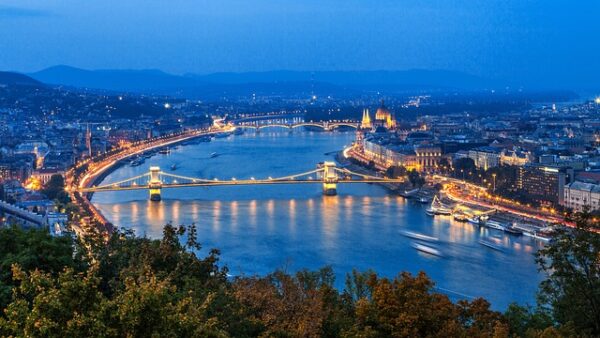Szechenyi Chain Bridge
In what can only be described as one of the nicest walks in the Hungarian capital you can leave Buda Castle behind and head towards one of the most impressive Parliament buildings in the world that sits on the other side of the Chain Bridge also known as Szechenyi Chain Bridge.
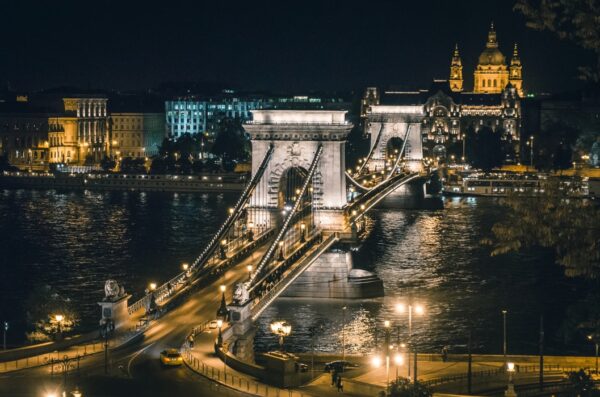
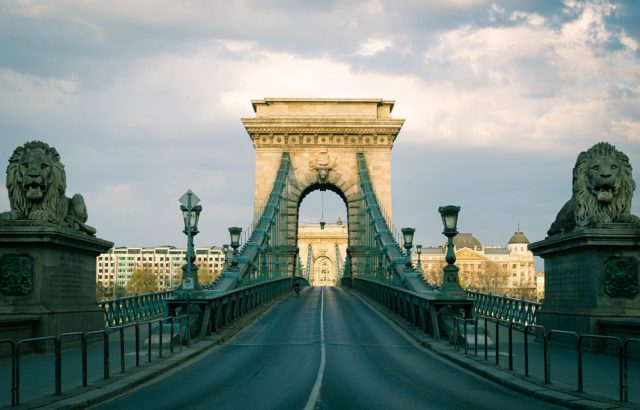
The Chain Bridge was the first permanent stone-bridge connecting Pest and Buda, and only the second permanent crossing on the whole length of the river Danube. It is one of the symbolic buildings of Budapest, the most widely known bridge of the Hungarian capital. Its construction was proposed by Count Széchenyi, one of the leading figures in 18th century Hungary and the one who ultimately gave his name to this monument.
The works were started in 1839 to the plans of an English engineer (William Tierney Clark), the financial support of of a Viennese financier (Baron György Sina)and the supervision of a Scottish engineer (Adam Clark). The place at the Buda end of the bridge has been named after him. The inauguration of the Chain Bridge took place on 20 November 1849.
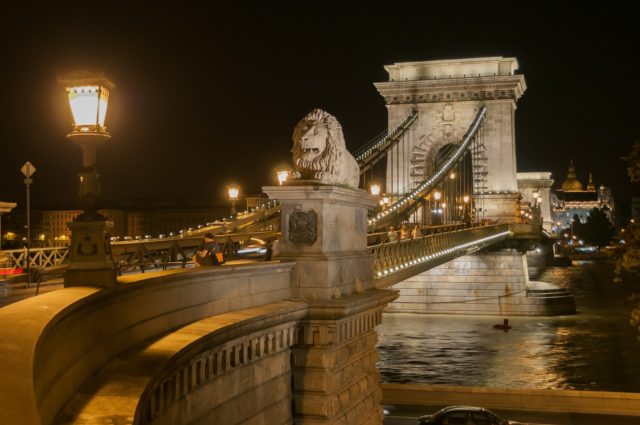
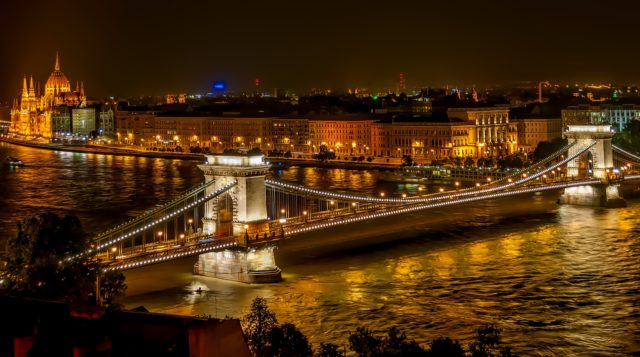
The portals are decorated with lionhead-shaped capstones and the coat of arms of Hungary with the crown and a wreath of leaves. The stone lions situated at both abutments have been carved by sculptor János Marschalkó. These, however, took their allotted places only in 1852.
At the Buda end, their plinth also contains the coats of arms of the families Széchenyi and Sina cast by András Gál. They have luckily survived the destruction of World War II. It is a widespread urban legend in Budapest that the lions of the Chain Bridge do not have tongues. The legend lacks any factual basis, the lions do very well have tongues, however, these can only be seen from above. More

